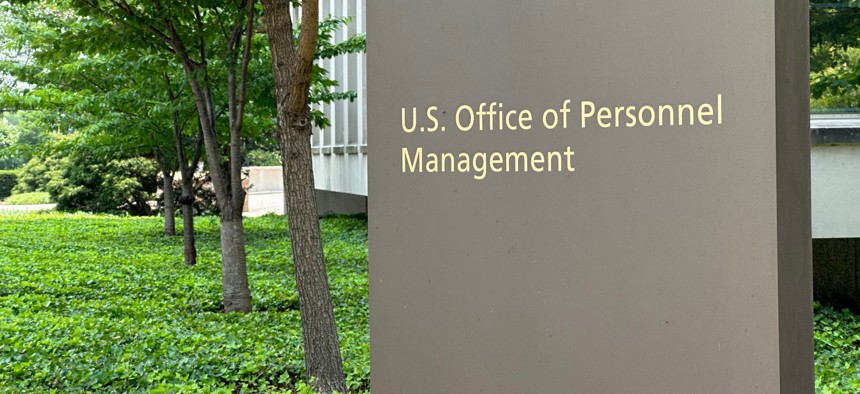OPM slices record retirement processing time in February
The overall retirement backlog ticked back under 20,000 last month, amid the federal government’s HR agency’s busy season.
The Office of Personnel Management set a new record for how swiftly it processes departing federal employees’ retirement claims last month, in the midst of an annual spike in requests.
In February, the federal government’s HR agency received 8,794 new retirement requests, a 32% decrease from the 12,997 claims filed in January. The period between January and April marks the busiest season of the year for retirement processing.
OPM processed 10,025 claims last month, marginally less than the 10,920 it completed in the same month last year, but good enough to bring the backlog of pending requests under 20,000 to 19,591. OPM states that its “steady state” goal for pending claims is 13,000.
The most eye-raising statistic in February’s retirement report is that OPM hit a new record low for the average time it takes for the agency to process a retirement claim. Last month, the average processing time on a monthly basis was just 47 days, a significant decrease from the 66 days OPM achieved in January.
For simpler retirement requests—meaning that OPM receives a case from a federal agency within 60 days of the federal worker’s initial retirement request—the average processing time was just 29 days, while for more complicated cases 135 days elapsed between when OPM received the retirement claim and finalized an ex-fed’s annuity.
After years of frustration felt by federal workers, retirees and members of Congress, OPM has instituted a number of short-term reforms to try to speed up retirement processing, while moving ahead with a strategic plan to modernize the process.
Those steps included an increase in staffing and work hours spent on retirement claims, as well as a campaign to educate federal workers about the process so that cases are not filed with mistakes, which are one of the biggest causes of processing delays.




